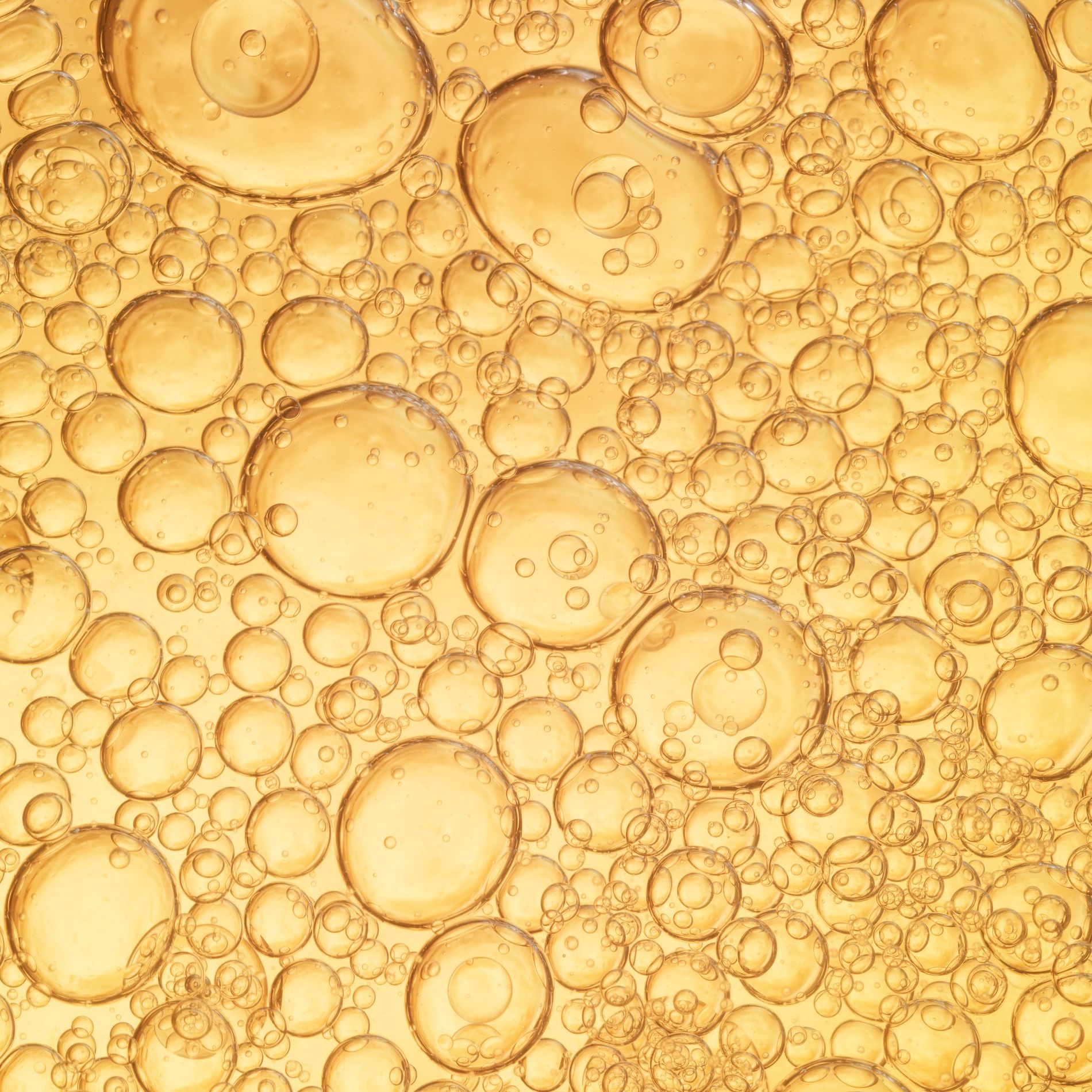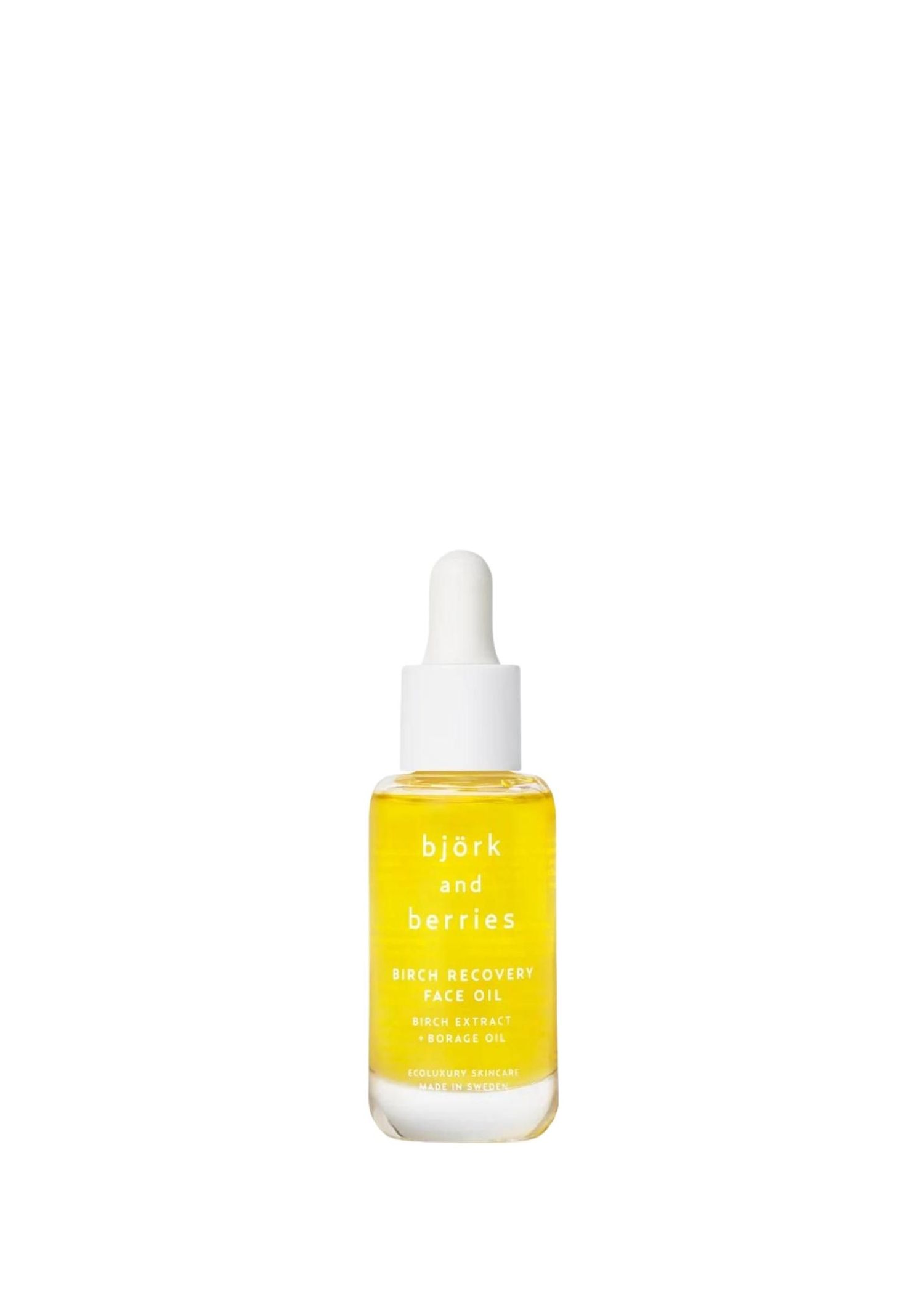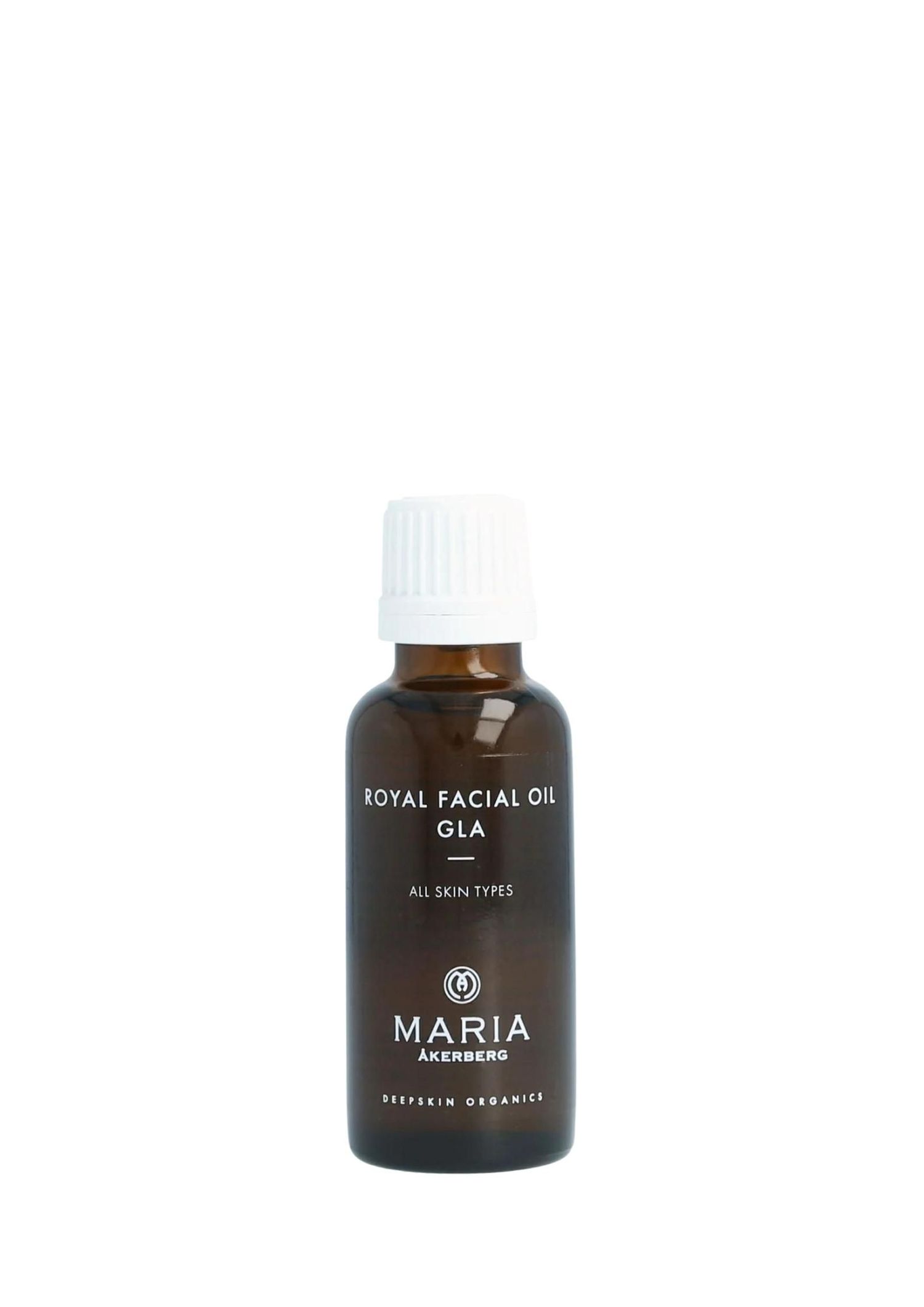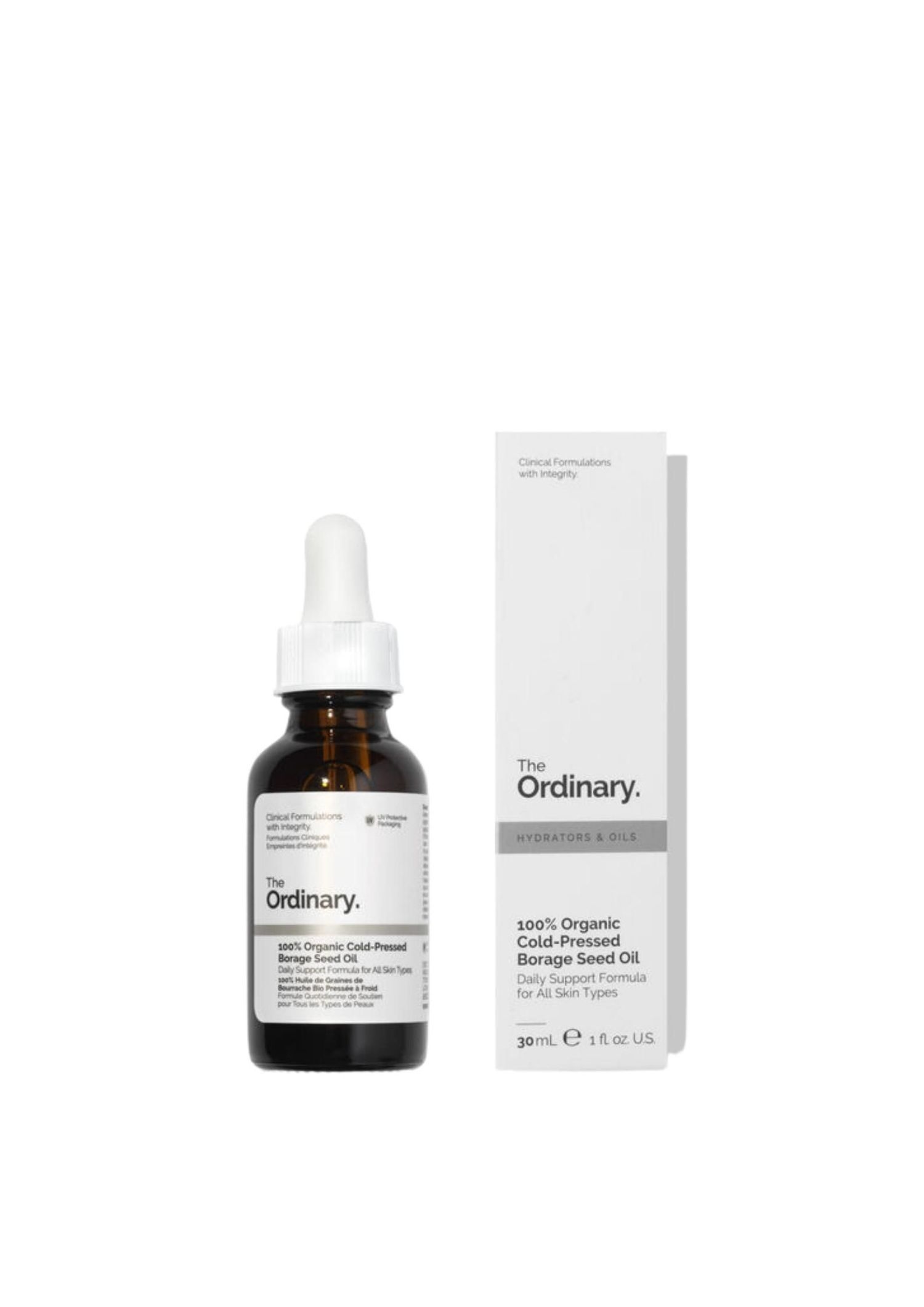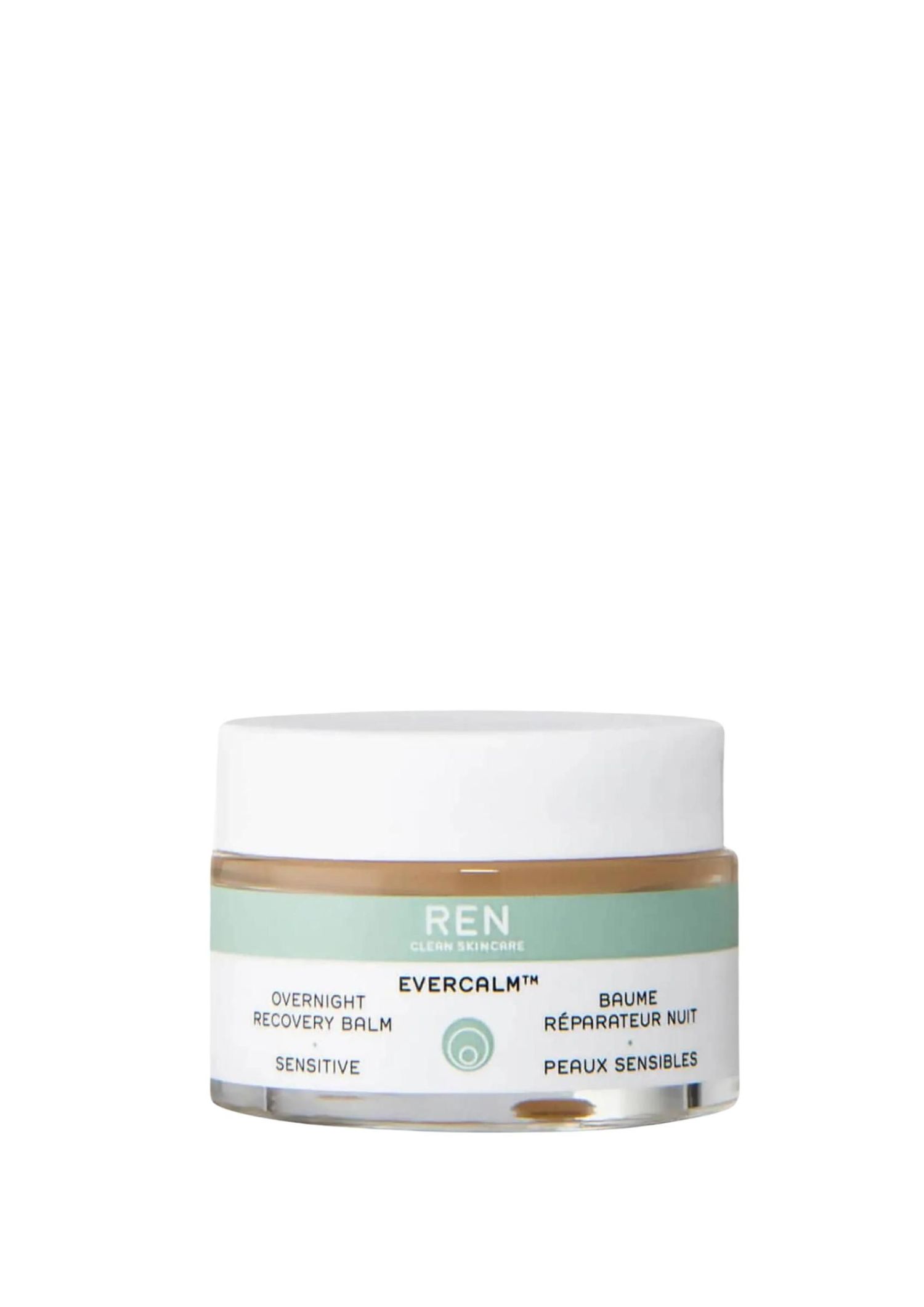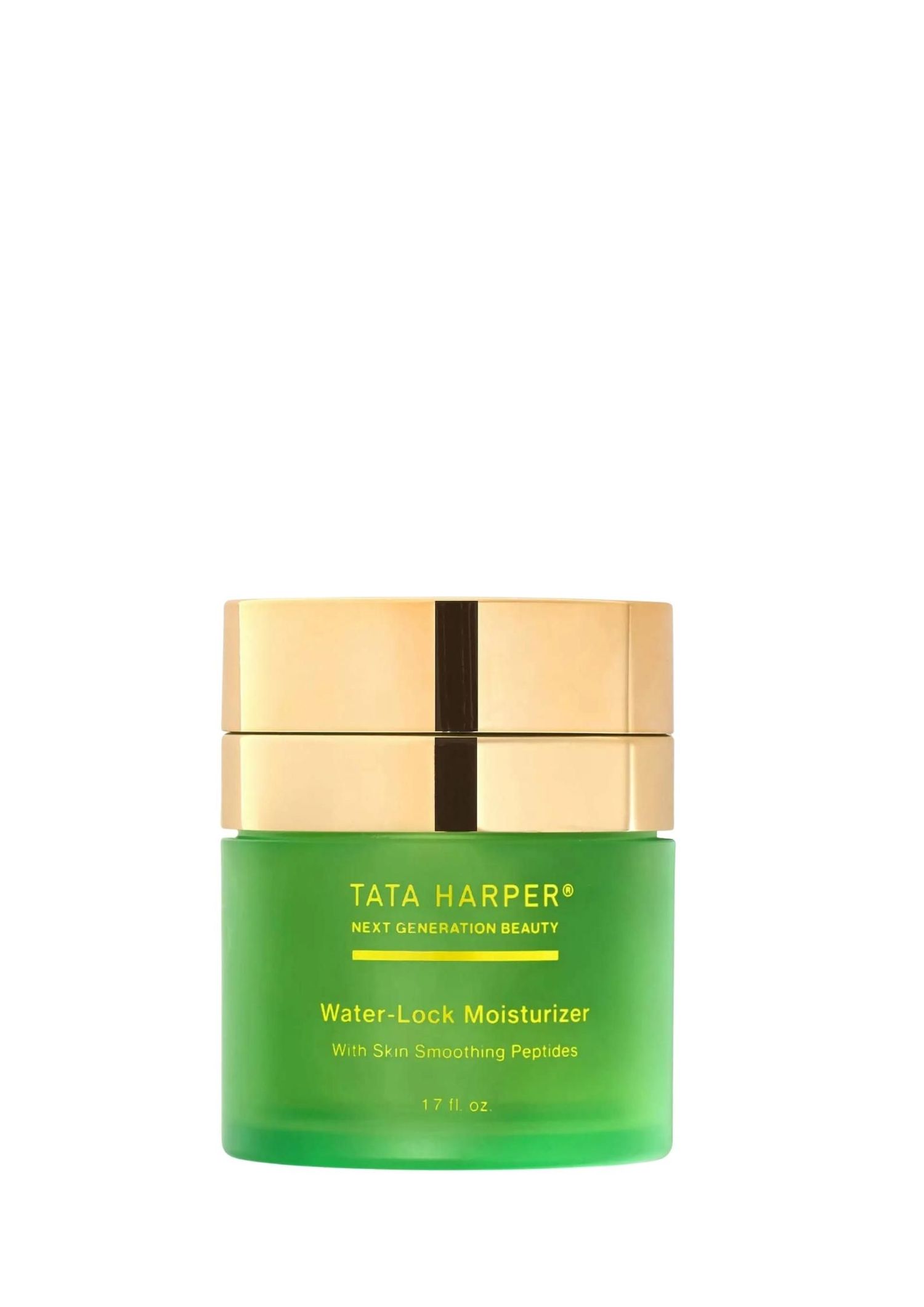Facial oils are a winter staple, sealing in the hydrating goodness of your serum and moisturiser. But none is as effective as borage seed oil for thirsty skin
All products featured on Vogue are independently selected by our editors. However, when you buy something through our retail links, we may earn an affiliate commission.
Face oils are precious commodities, decanted by the drop onto moisture-starved skin. Borage seed oil is especially popular in Scandinavian countries on account of having the highest concentration of nourishing gamma-linolenic acid (GLA) compared to any other seed oil, including hemp. Such is the welcome relief when faced with sub-zero temperatures that dry and easily riled skin immediately drink it up.
Dana Nel, skin therapist at Bjork & Berries, reveals everything you need to know about this oil.
What is borage?
Borage, also known as a starflower on account of its beautiful star-shaped blue flowers, is a plant. Originating from the Mediterranean region, it adapted quickly to be grown in the rest of Europe. Its flowers and leaves are used both in medicine and in culinary dishes. But it's borage oil, extracted from the seeds, that is widely used in skincare.
What are the benefits of borage seed oil for the skin?
Borage seed oil is believed to be one of the most potent oils for improving the skin barrier and locking in moisture thanks to the high concentration of gamma-linolenic acid and omega-6. Additionally, borage seed oil has anti-inflammatory properties as well as protecting against external irritants such as pollution, stress and harsher climates.
For all these reasons borage seed oil plays a key role in Bjork & Berries Birch Recovery Face Oil, a potent botanical oil-blend loaded with birch leaf extract and organic jojoba seed oil to nourishing and restore overall skin firmness to dehydrated skin.
What skin types benefit most from using borage and why?
Due to its anti-inflammatory properties, borage seed oil is most suitable for reactive and sensitive skin. In other words, the type of skin that easily blushes after a glass of wine or gets itchy and inflamed when stressed. Sufferers of skin conditions such eczema (atopic dermatitis) and psoriasis can also benefit from regularly using borage seed oil. As can those with drier skin types as borage seed oil is excellent at boosting the natural moisture balance of skin, leaving it plump and supple.
Some studies have shown that mild acne sufferers can also see an improvement in their skin condition. This is because, unlike other oils, borage seed oil is considered a "dry oil", and is therefore absorbed quickly by the skin leaving no greasy residue.
In body care, borage seed oil is used to prevent stretch marks and maintain skin elasticity.
What time of year do you need to use borage most?
Skin lacks moisture in the colder months, suggesting it needs help maintaining a strong protective barrier. Integrating borage oil into your skin regimen in autumn and winter would be an optimal choice.
How should you use borage?
Borage seed oil works best as the final step in your evening routine, after your moisturiser, or on its own to seal in hydration. You can also mix a few drops of the oil into your moisturiser to replenish parched skin
While borage oil and GLAs are considered safe, you should stop using it and call your doctor if you suspect an allergic reaction such as rash, swelling, hives and sudden fatigue. It's also worth remembering that using an oil in the morning may interfere with your sunscreen, making the SPF less effective.
